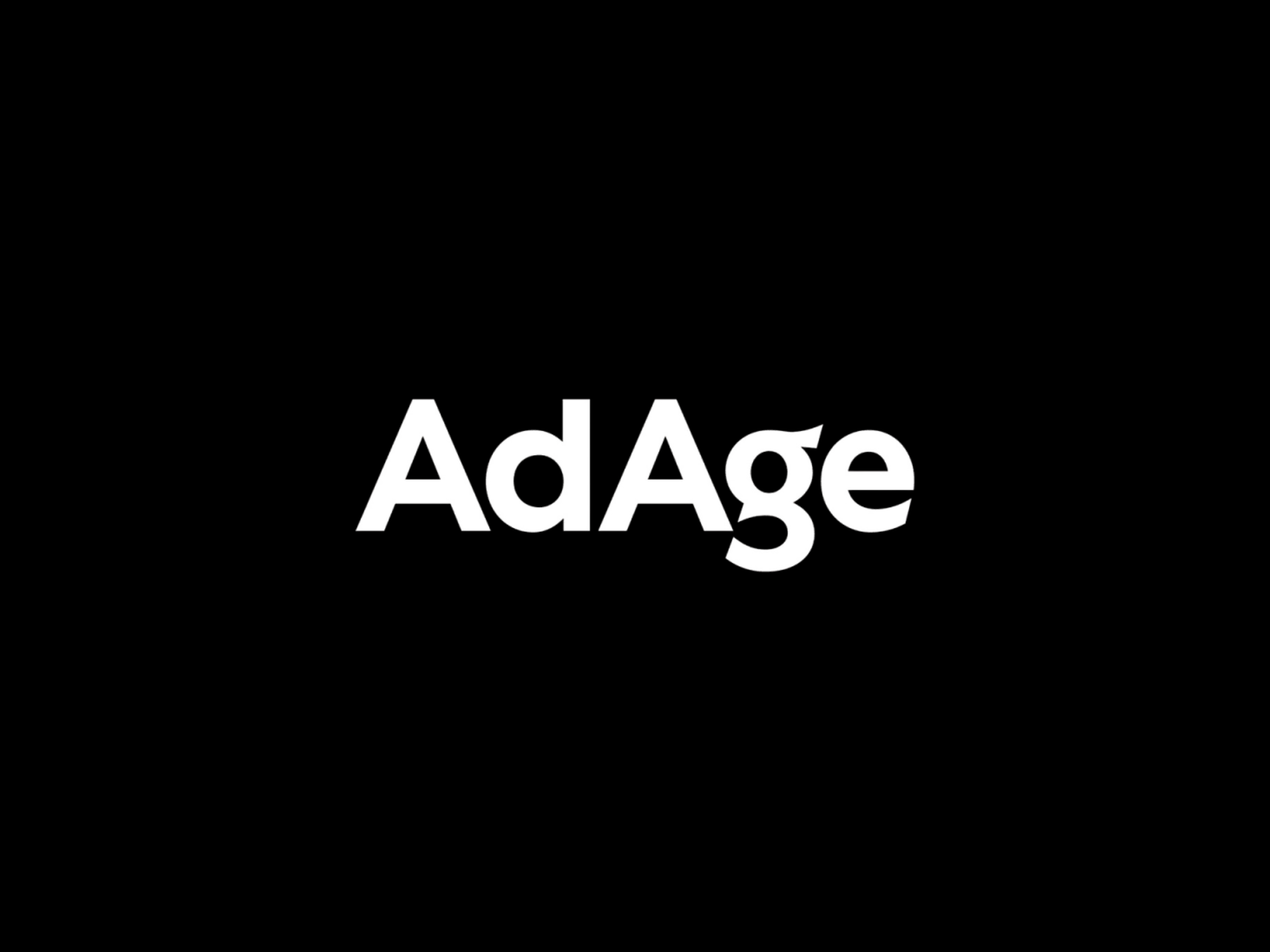
How brand finds power in the most unlikely places
September 24, 2025 / 5 min read

Sooner or later in your marketing career, you’ll run into the brand curmudgeon. They’re the voice in the room insisting branding “doesn’t apply here.” They’ll say investors want results now, not years from now. They’ll argue the product sells itself, so why waste the budget dressing it up? And the most stubborn will dismiss brand entirely, claiming their industry is too functional, too commoditized, or too unglamorous to bother.
The truth is different. Even in places where brand feels irrelevant, creative marketers are proving it can spark loyalty, command attention, and add long-term value.
Which brings us to today’s tour: five surprising industries where you wouldn’t expect branding to matter, and yet it does. Some lean on humor, others on storytelling or purpose, but each offers a sharp lesson you can borrow for your own playbook. But each is designed to stand out and flex a reason to pay attention in order to be relevant, memorable and preferred in its category.
Portable washrooms
What’s surprising: A rental commodity gets personality.
What they did: The mobile washroom trade community openly coaches operators to pick witty, pun-forward names and consistent visual systems because memorability drives business. Industry coverage highlights branding basics like logos, color discipline, and tone. Luxury restroom providers like YML allow brands to wrap the outside and decorate the interior of restroom trailers for events, turning mobile washrooms into Instagrammable, branded experiences.
Lesson: Lean into your category’s stigma or blandness with self-aware humor or delight. Transforming a “necessary evil” into an experience gets people talking and sharing.
Fiberglass insulation
What’s surprising: A pink mascot sells thermal R-values.
What they did: Owens Corning built a decades-long brand asset around the color pink (the company’s insulation is dyed pink) and The Pink Panther, turning an invisible product into a pop icon with strict brand guidelines. The iconic MGM character became associated with Owens Corning through an exclusive licensing deal in 1980 and is now intertwined with the company’s brand.
Lesson: Own a distinctive, legally protected asset (color, character, sonic mark). When the product is invisible after install, the brand should be unforgettable.
Pallets and pooled logistics
What’s surprising: Wood platforms as a sustainability badge.
What they did: CHEP reframed “pallets” as a circular, carbon-saving system, co-branding case studies with customers to quantify impact, like 60% pallet-related CO₂ reduction for Coca-Cola in Iberia and sizable annual savings for Unilever.
Lesson: Turn an unsexy input into proof of your customers’ ESG performance. Share hard, auditable metrics and let clients co-tell the story.
Industrial lubricant
What’s surprising: WD-40 has a fan club.
What they did: The company invited users to submit “2000+ uses,” published the list, and celebrated community lore in its official history, creating a cult-like knowledge base around a single blue-and-yellow can.
Lesson: In mature categories, make customers the R&D storytellers. Curated UGC that solves real jobs builds trust and endless content.
Cremation and funeral services
What’s surprising: Tradition-heavy services go digital-first.
What they did: Eirene positioned a compassionate, transparent, online cremation experience with clear pricing and modern user experience, capturing demand among families who prefer simple, affordable arrangements. Ecosystem coverage underscores the value proposition and price clarity.
Lesson: Remove friction, publish prices, and speak plainly. In high-emotion categories, clarity itself is a brand.
Cross-cutting takeaways
While each of these brands found its own way to stand out, the thread running through them is a refusal to accept that their category defines their creative ceiling. In industries where convention says “just do the job,” they found ways to make the job memorable, whether through a signature visual cue, a narrative anchored in proof, or by letting customers co-create the story. Look closely, and you’ll see patterns that any business can adapt, no matter how unglamorous the product or service.
- Make the invisible visible. If the product hides in a wall or under a load, brand the system and the proof points.
- Codify a quirky edge. A color, mascot, or naming style becomes a durable asset when it is consistent and protected.
- Quantify outcomes. Even “boring” inputs can shine when you publish credible, customer-validated metrics.
- Design for recall at the moment of need. Simple names, bold visuals, and clean web pages win in low-involvement, urgent decisions.
- Let users co-author the brand. Structured user generated content (UGC) builds utility and community, especially in categories where feature innovation is slow.
Brand-building requires patience. Unlike marketing campaigns calculated for immediate results, “branding” is really brand-building – a long-term investment that may take years to show measurable outcomes but which can pay off in brand preference for many years more.
Educating stakeholders about this timeline and the enduring influence of a strong brand is crucial. Ultimately, even in industries where brand feels secondary, it can be the differentiator that builds trust and loyalty over time. Even a brand curmudgeon might agree.
Featured in WARC.
Categories
- Perspective


